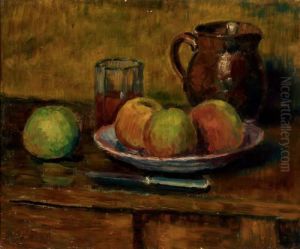Alfred William Finch Paintings
Alfred William Finch was a Finnish painter and ceramist who was born on the 28th of November, 1854, in Brussels, Belgium. His early life was marked by his education in Belgium, where he initially studied engineering before shifting his focus to art. Finch's artistic pursuits led him to study painting under Jean-François Portaels at the Académie Royale des Beaux-Arts in Brussels.
During the 1880s, Finch was influenced by Neo-Impressionism and the pointillist technique, which can be seen in his painting style that incorporated small, distinct dots of color. His work during this period reflects the avant-garde movements of the time and his association with other pioneering artists. He was a founding member of two important artistic groups: Les XX in Brussels in 1883, a group that aimed to promote new artistic developments, and the Finnish group Septem, which he joined after moving to Finland in the 1890s.
Finch's relocation to Finland marked a significant shift in his career as he became a central figure in the Finnish art scene. His impact was not limited to painting, as he also made substantial contributions to the field of ceramics. Finch was a professor at the Central School of Applied Arts in Helsinki, and his work in ceramics played a key role in developing the Finnish Arts and Crafts movement.
Throughout his career, Finch's style evolved, and he became known for his landscapes and still lifes, which often featured a harmonious blend of colors and a synthesis of form and light. His approach to color was particularly innovative and contributed to the distinctiveness of his work.
Alfred William Finch passed away on April 28, 1930, in Helsinki, Finland. His legacy is preserved in the form of his diverse body of work that spans painting, ceramics, and teaching, and he remains a significant figure in the annals of Belgian and Finnish art history.
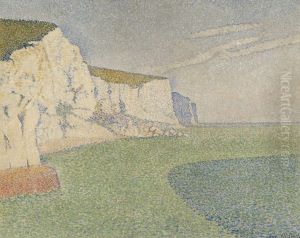
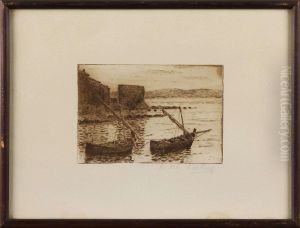
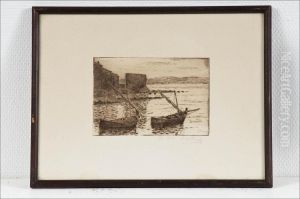
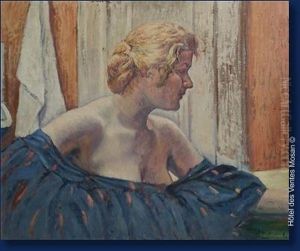
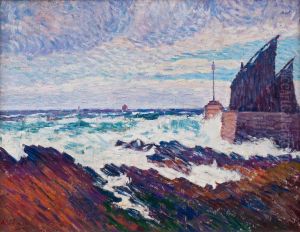
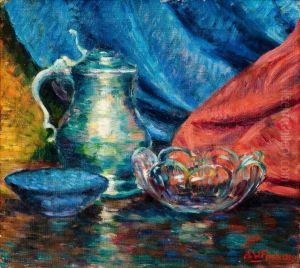
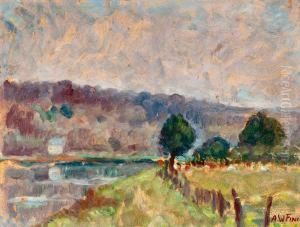
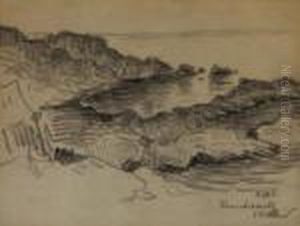
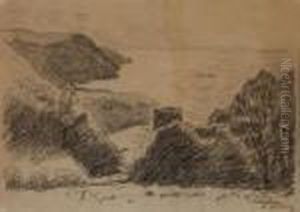
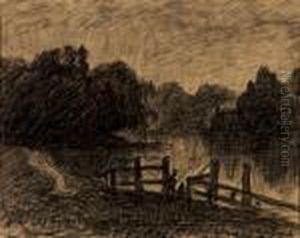
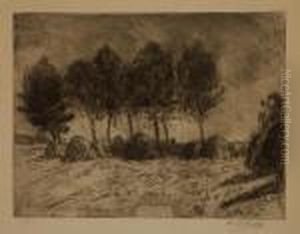
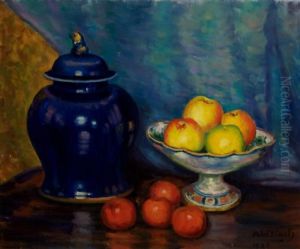
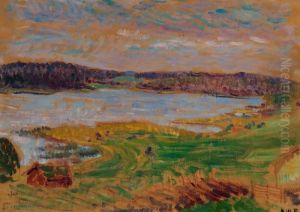
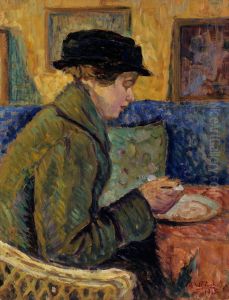
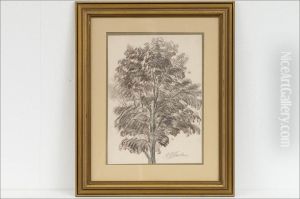
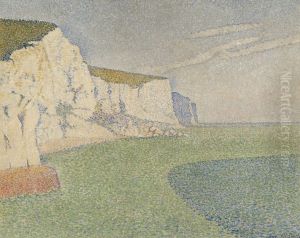
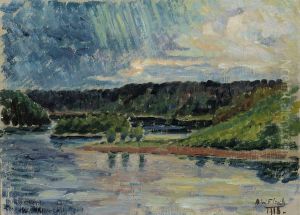
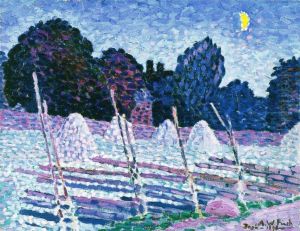
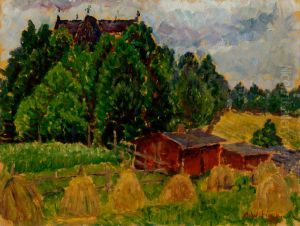
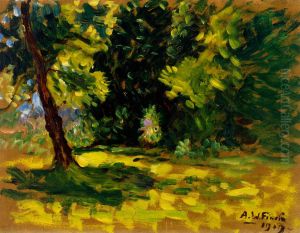
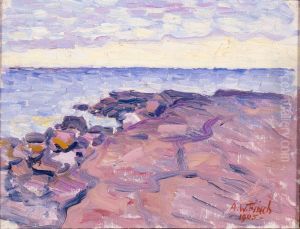
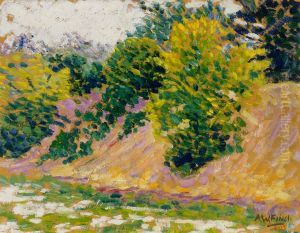
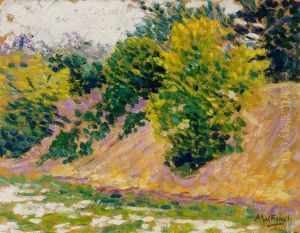
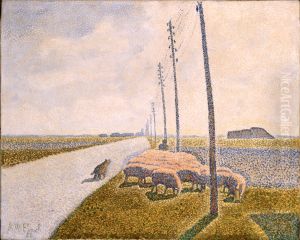
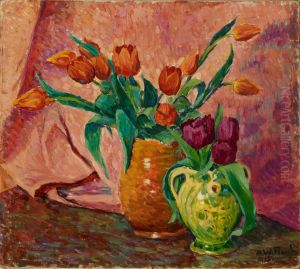
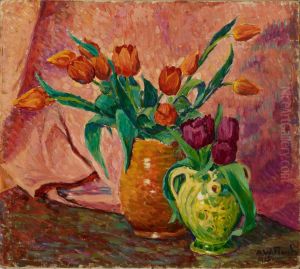
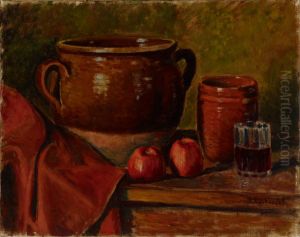
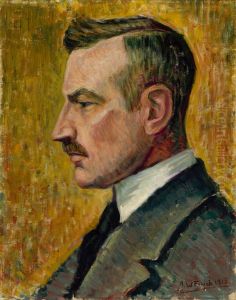
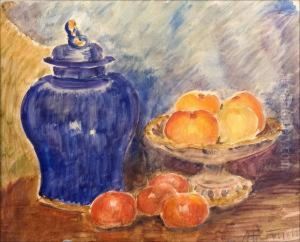
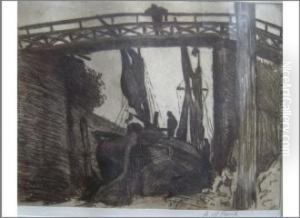
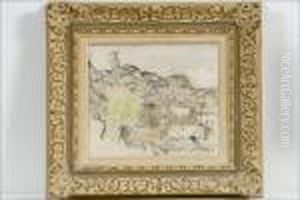
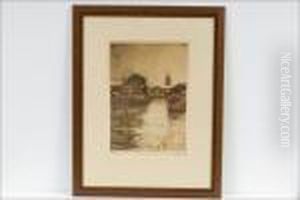
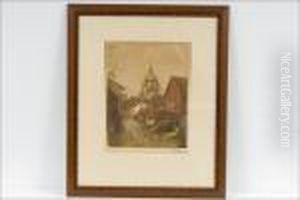
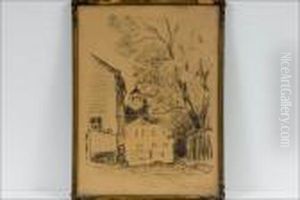
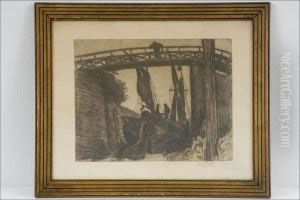
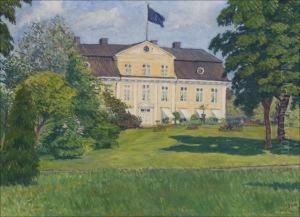
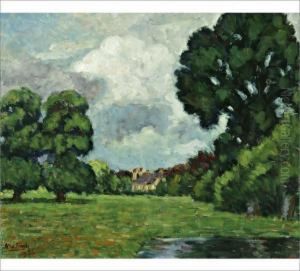
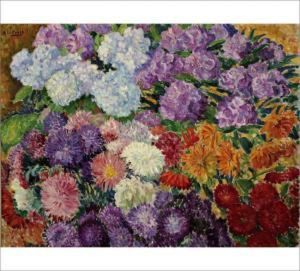
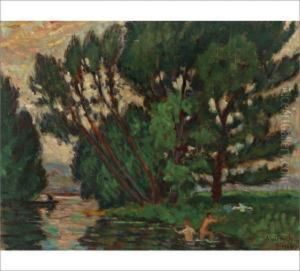
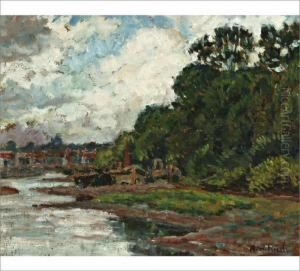
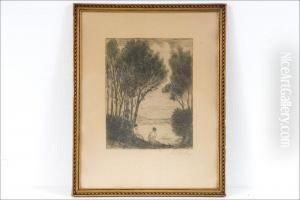

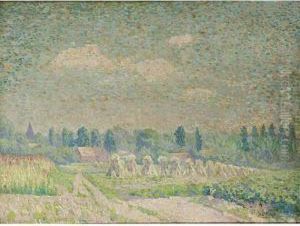
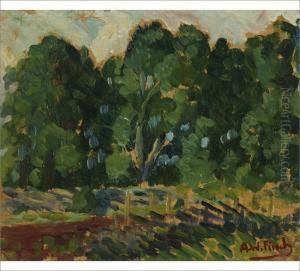
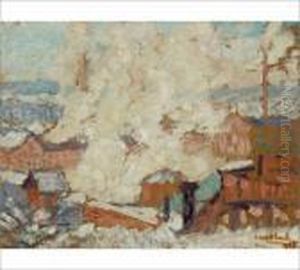
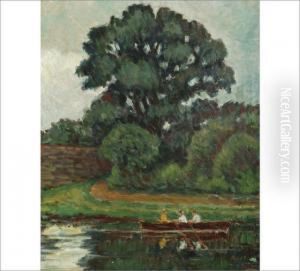
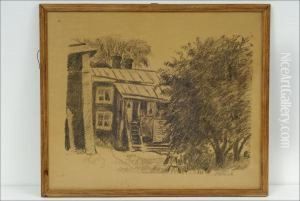
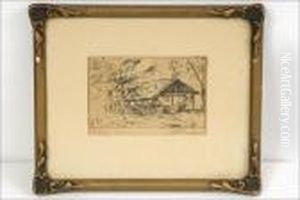
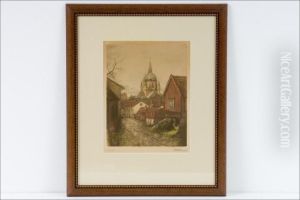
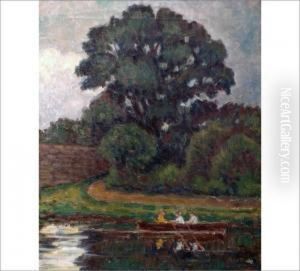
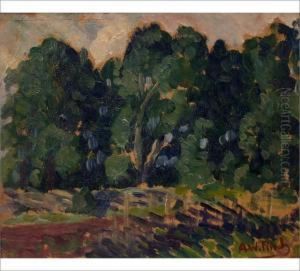
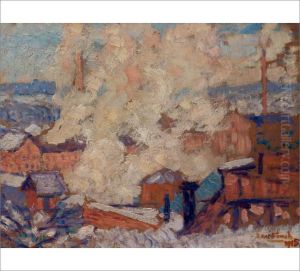
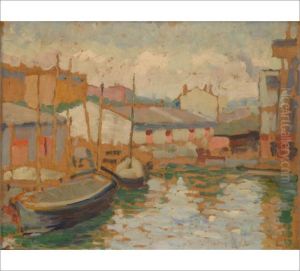
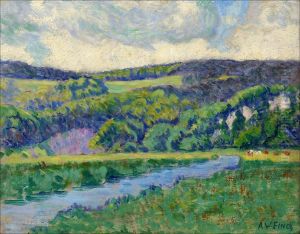
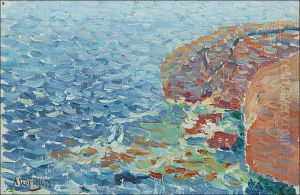
![[l'ecobuage]](https://www.niceartgallery.com/imgs/1306302/s/alfred-william-finch-lecobuage-9a7ca5ee.jpg)
